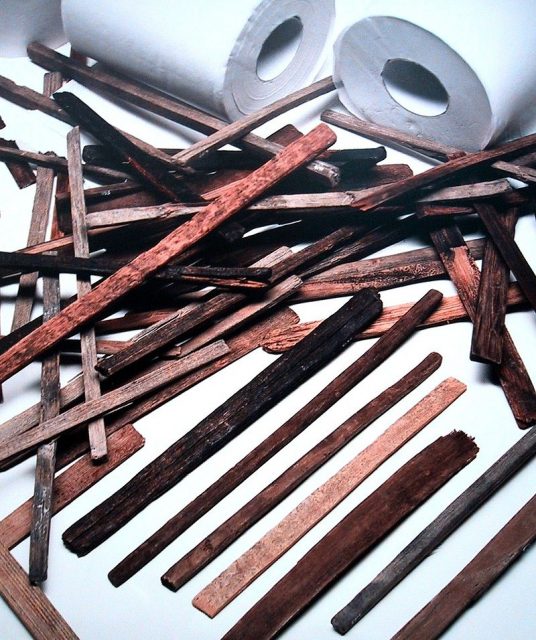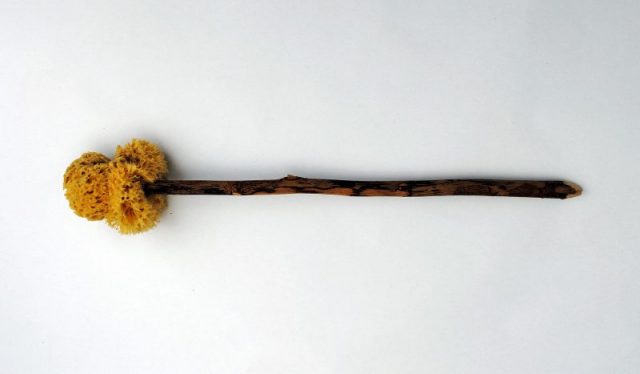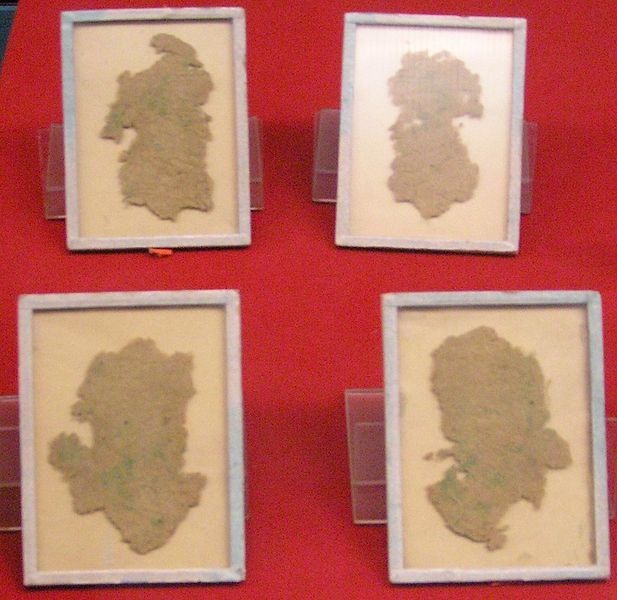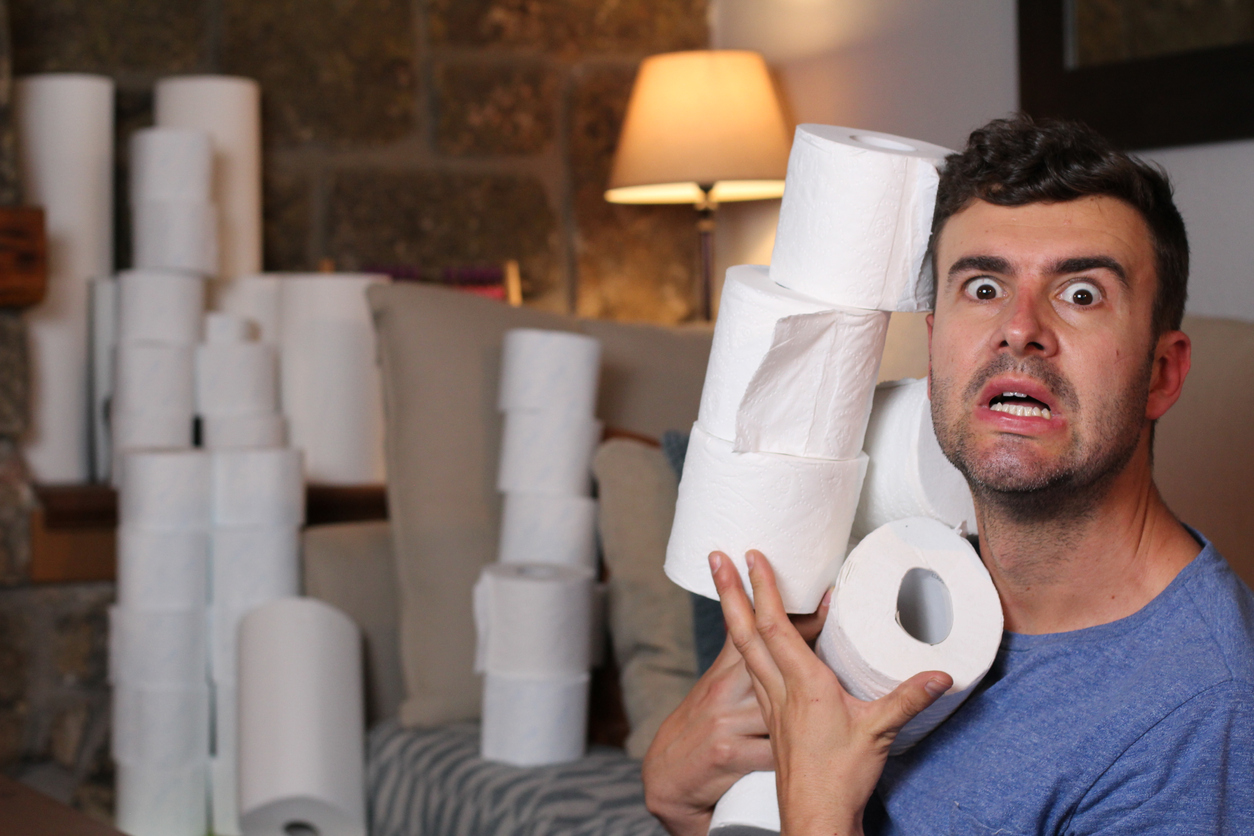Since the beginning of the COVID -19 lockdown in the United States toilet paper has frequently been featured in the media.
The scarcity because of the thoughtless hoarding by so many became the butt of jokes, spawned hundreds of funny memes and has produced silly items for sale such as toilet paper earrings made from faux pearls and t-shirts with messages of survival of the toilet paper shortage of 2020.
Pictures on the media showed selfish shoppers pushing carts overflowing with enough toilet paper to wrap around their houses.
People literally got into fights in the stores until management finally put a limit on how much each shopper could buy. But what do we really know about toilet paper?

According to history.com, toilet paper in its early form was introduced to the United States in 1857 by Joseph Gayetty of New York who offered “Medicated Paper, for the Water-Closet,” for fifty cents.
The aloe infused hemp squares were not connected and came in five hundred sheets to a pack. Perforated paper came along in 1890 when two brothers sold it only to hotels and drugstores, according to charmin.com.
In 1928, the Hoberg Paper Company of Green Bay, Wisconsin made toilet paper softer and more pleasant to use. By the late 1950s the company was rebranded as Charmin Paper Company and “don’t squeeze the Charmin” became a fad phrase.
Chinese writer Yen Chih-Thui was the first known person to refer to using paper to wipe the bum in 589AD saying in essence that paper which has important information should not be used in the toilet.
Toilet paper became a fairly common household item in China by the early 1300s with over ten million packs sold. According to livescience.com, the earliest known device for bum cleaning were hygiene sticks, or chugi, salaka or cechou, wooden or bamboo sticks wrapped with cloth used in China two thousand years ago.

They were found in toilets at Xuanquanzhi, originally a Han Dynasty military base that was a stopover on the Silk Road. In the eighth century the Japanese used the chugi to not only clean the skin around the anus but also used the cleaning utensil to clean the inside of the anus.
History.com tells us the Greeks and Romans both used public toilets made of marble or stone slabs with holes cut in them for the waste.
Historians have always assumed that the sticks, tersoriums, which had a sponge on the end were used for wiping and then cleaned with vinegar and salt but are now thinking the tersoriums may have actually been used to clean the toilets themselves.

Greco-Romans also used leaves, corncobs, moss, hay, animal fur, seashells and broken pieces of ceramic known as pessoi to clean their bottoms.
The ceramic pieces often had the names of people who were disliked giving users a chance to poop on their enemies. Unfortunately, the ceramics often irritated the bottom leaving sores and external hemorrhoids.
In Medieval times the wealthiest used pieces of discarded tapestries and in the excavations of Herculaneum, which was destroyed by the eruption of Mt. Vesuvius in 79AD, archaeologists found pieces of cloth in a sewer. As cloth was handmade then, only the most prominent in society would have had the means to use it.

The idea that human excrement is gross was not so prevalent in the past and was sometimes considered valuable fertilizer and ways to check on the health of a patient.
Many other countries use bidets for personal hygiene rather than toilet paper for rinsing the nether regions.
Most homes in Europe and Australia have bidets installed in their bathrooms but portable bidets which are very easily installed on existing toilets are becoming more and more popular.
Another Article From Us: Archaeologists Dig Up Samauri’s Jar Filled With Over 200,000 Bronze Coins
They can be as little as thirty dollars to about one thousand dollars for ones that have heated seats, use warm water and have a dryer included. This writer has a bidet and wasted no time boasting about the lack of need for toilet paper when others were freaking out.
